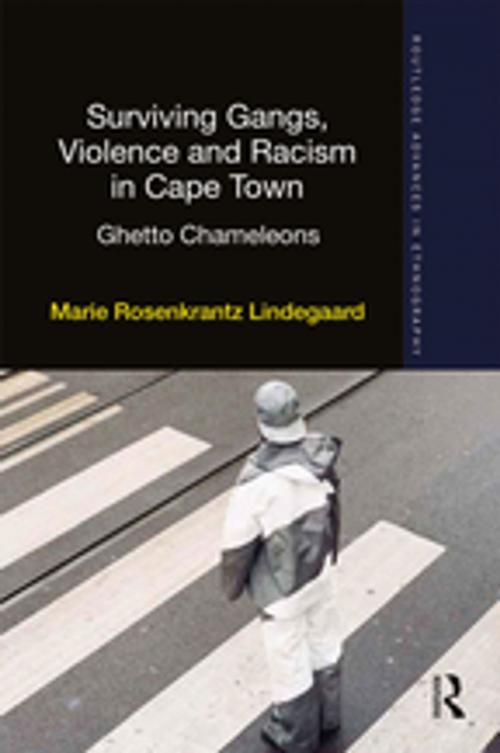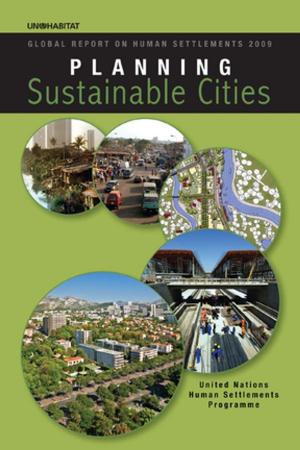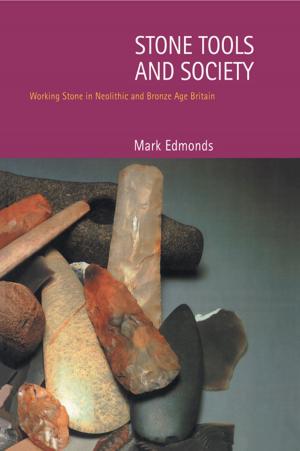Surviving Gangs, Violence and Racism in Cape Town
Ghetto Chameleons
Nonfiction, Social & Cultural Studies, Social Science, Crimes & Criminals, Criminology| Author: | Marie Rosenkrantz Lindegaard | ISBN: | 9781136684715 |
| Publisher: | Taylor and Francis | Publication: | November 22, 2017 |
| Imprint: | Routledge | Language: | English |
| Author: | Marie Rosenkrantz Lindegaard |
| ISBN: | 9781136684715 |
| Publisher: | Taylor and Francis |
| Publication: | November 22, 2017 |
| Imprint: | Routledge |
| Language: | English |
Cape Town has some of the highest figures of violent crime in the world, but how is it that young men avoid and enact physical aggression and navigate stressful and dangerous situations?
Surviving Gangs, Violence and Racism in Cape Town offers an ethnographic study of young men in Cape Town and considers how they stay safe in when growing up in post-apartheid South Africa. Breaking away from previous studies looking at structural inequality and differences, this unique book focuses instead on the practices and interactions between 47 young men, and what they do to become a "ghetto chameleon". Indeed, exploring in detail what young men do to survive conflicts and what is at stake, Lindegaard depicts how they must become flexible in who they are in order to fit in and be safe when they move between "black" or "coloured" township areas and the "white" suburbs of Cape Town.
Opening the reader’s mind to the relational aspect of violence, Surviving Gangs, Violence and Racism in Cape Town will appeal to undergraduate and postgraduate students interested in fields such as African Studies, Qualitative Criminology, Sociology, Gang Violence and Anthropology.
Cape Town has some of the highest figures of violent crime in the world, but how is it that young men avoid and enact physical aggression and navigate stressful and dangerous situations?
Surviving Gangs, Violence and Racism in Cape Town offers an ethnographic study of young men in Cape Town and considers how they stay safe in when growing up in post-apartheid South Africa. Breaking away from previous studies looking at structural inequality and differences, this unique book focuses instead on the practices and interactions between 47 young men, and what they do to become a "ghetto chameleon". Indeed, exploring in detail what young men do to survive conflicts and what is at stake, Lindegaard depicts how they must become flexible in who they are in order to fit in and be safe when they move between "black" or "coloured" township areas and the "white" suburbs of Cape Town.
Opening the reader’s mind to the relational aspect of violence, Surviving Gangs, Violence and Racism in Cape Town will appeal to undergraduate and postgraduate students interested in fields such as African Studies, Qualitative Criminology, Sociology, Gang Violence and Anthropology.















